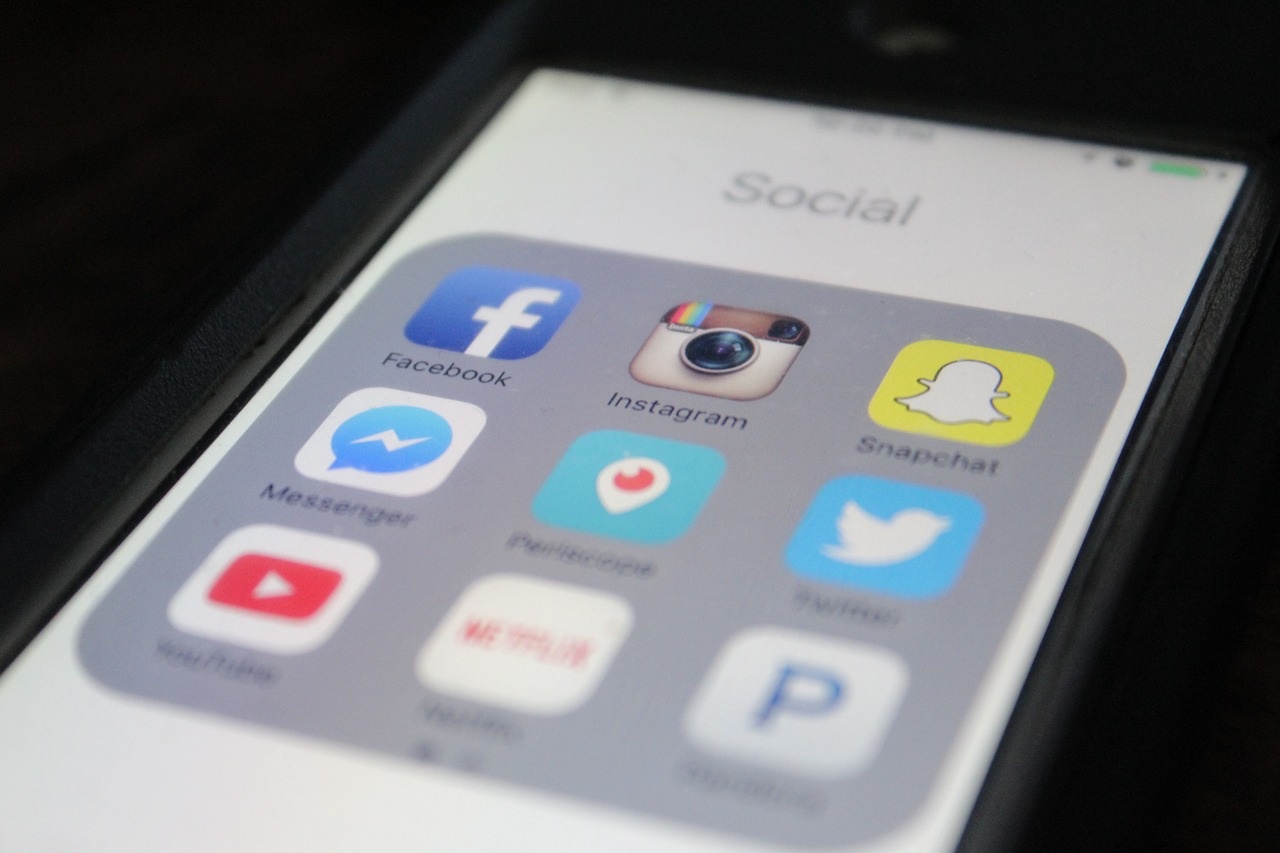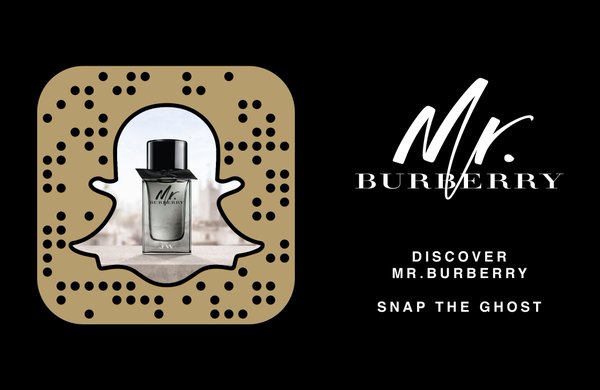
Snapchat has grown into a global social media phenomenon and is currently the latest tool being embraced by PR agencies.
Beginning life as a project for a class at Stanford University in California, the app was created less than five years ago by then student Evan Spiegel and has earnt the 26-year-old entrepreneur a net worth of $2.1 billion – and an engagement to Victoria’s Secret model Miranda Kerr.
The app, which enables users to send photos, videos and text messages to a private list of recipients, sees over 150 million daily active users across the world.
 About 8,000 “snaps” are sent every second and five billion videos are viewed daily. In just four years, Snapchat has become more popular – and a bigger part of our lives – than Twitter, capturing the attention of countless international brands and PR companies.
About 8,000 “snaps” are sent every second and five billion videos are viewed daily. In just four years, Snapchat has become more popular – and a bigger part of our lives – than Twitter, capturing the attention of countless international brands and PR companies.
Storytelling has always been an integral part of PR. Although Snapchat was originally created to facilitate private one-to-one interactions, the additional upgrade, known as ‘”Stories”, has enabled big brands to reach large and varied audiences through a 24-hour window.
More and more people are beginning to use Snapchat to follow their favourite designers, teams and manufacturers to keep up to date in their day-to-day lives.
Here at Media House International, our team have recognised the growing influence of Snapchat and currently manage the app for several clients.
There’s a variety of ways that brands can use Snapchat to increase engagement to achieve general brand awareness and resonance.
Here are two examples that demonstrate the power of Snapchat
Making people feel as though they are a part of a major live event is a great way of engaging audiences around the world.
Occasions such as the Oscars and Grammys are always popular, as they allow the public the opportunity to see what goes on at glittering parties they’d only be able to dream of attending.
Media House manages Snapchat for the UK-based charity Autism Rocks, allowing their followers from different parts of the world to see their exclusive concerts featuring international superstars, such as Flo-Rida, Cee-Lo-Green and Mark Ronson, at venues in London and Dubai.
It’s no secret that building a sense of exclusivity around a product is one of the best ways to drive up demand for it.
Snapchat’s exclusive nature allows brands to make their followers feel like insiders by sending them special deals and behind-the-scenes footage which the public wouldn’t have access to or see on other social media platforms.
In this way, brands can create a sense of community among their followers, allowing them to feel valued and included, making them more likely to engage with the brand in future.
An excellent example of this is when highly esteemed fashion designers such as Burberry choose to debut their new collection to the world via Snapchat (see below).
Facebook’s Mark Zuckerberg tried his luck at $3billion and was rejected.
Similarly, Media House announced newly released tickets to an Autism Rocks concert with Ricky Martin via Snapchat, allowing followers first chance to purchase the best seats.
Snapchat is currently valued at $10 billion to $20 billion, depending on who’s apparently interested in buying, Facebook’s Mark Zuckerberg tried his luck at $3billion and was rejected.
It’s safe to say that Snapchat is here to stay. It is continually maturing as a business by offering a wide range of paid and unpaid tools for brands to express themselves creatively.
The app won’t provide corporate users with detailed reports on performance but business messages will reach a young audience that are more receptive than anywhere else in social media – if you continue to provide them with exclusive content and priorities.
What started out as a digital experiment, has now captured the attention of countless international brands and rival social media platforms, proving Snapchat’s growing importance in PR social media strategies.
